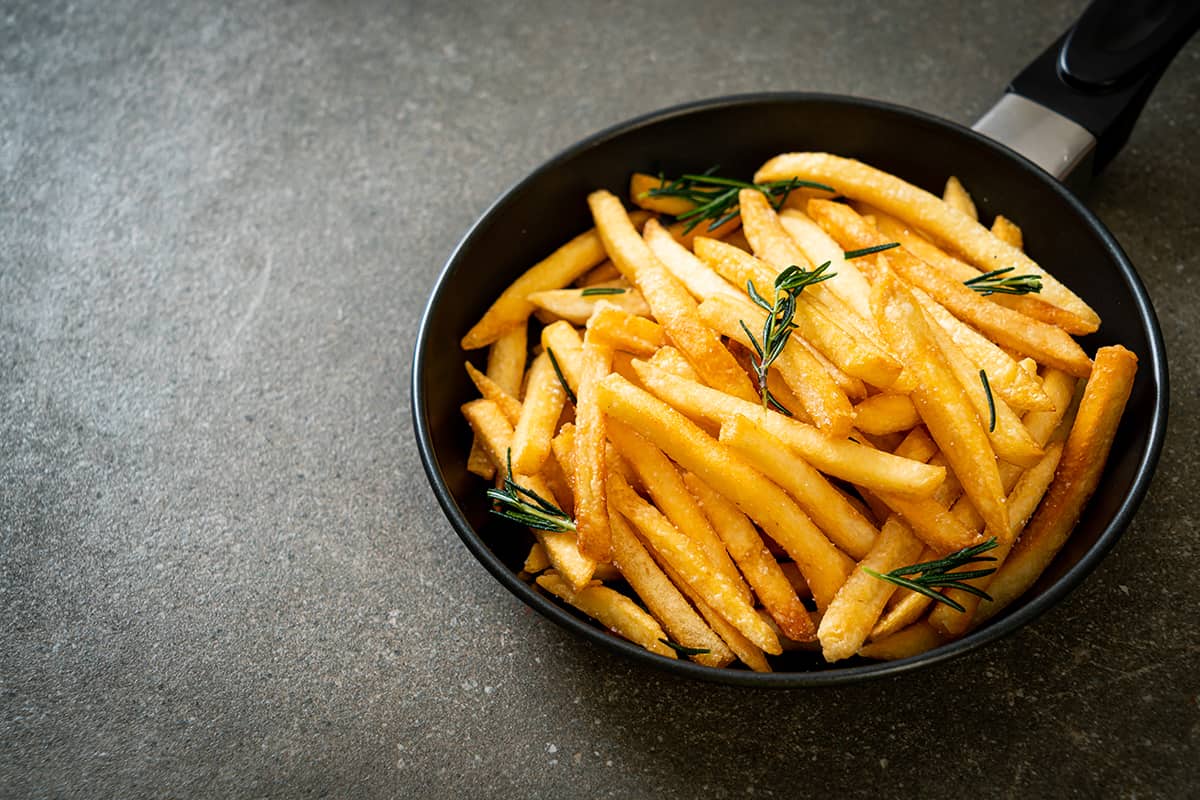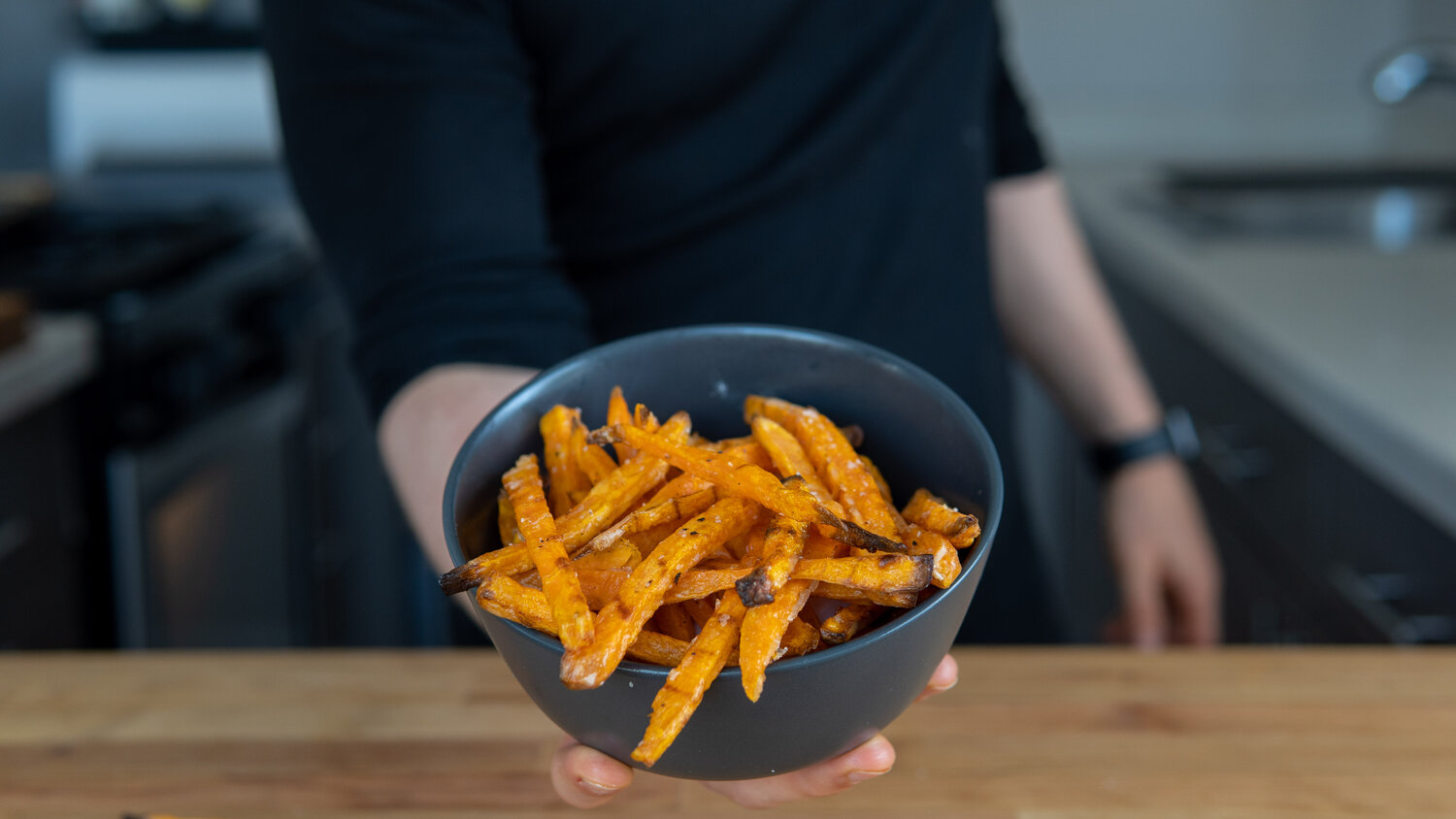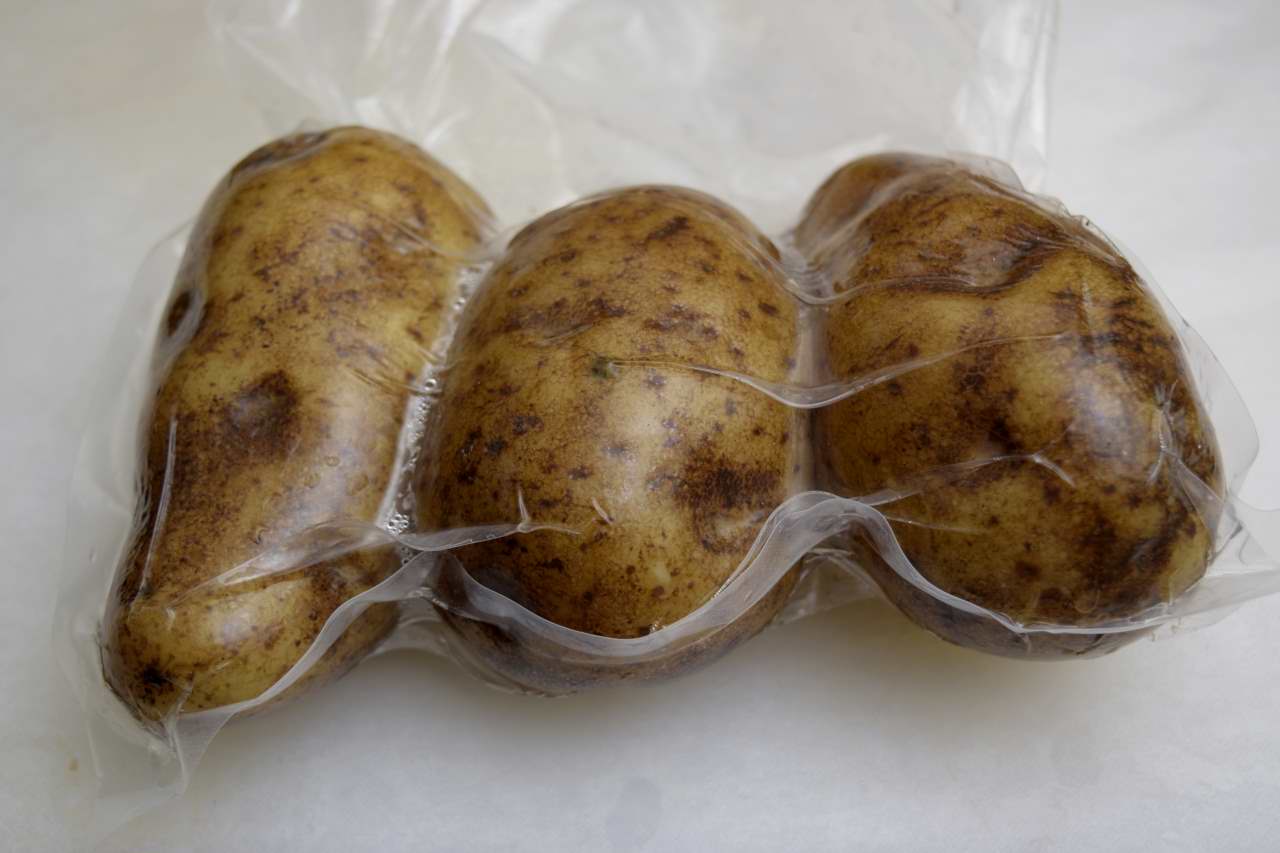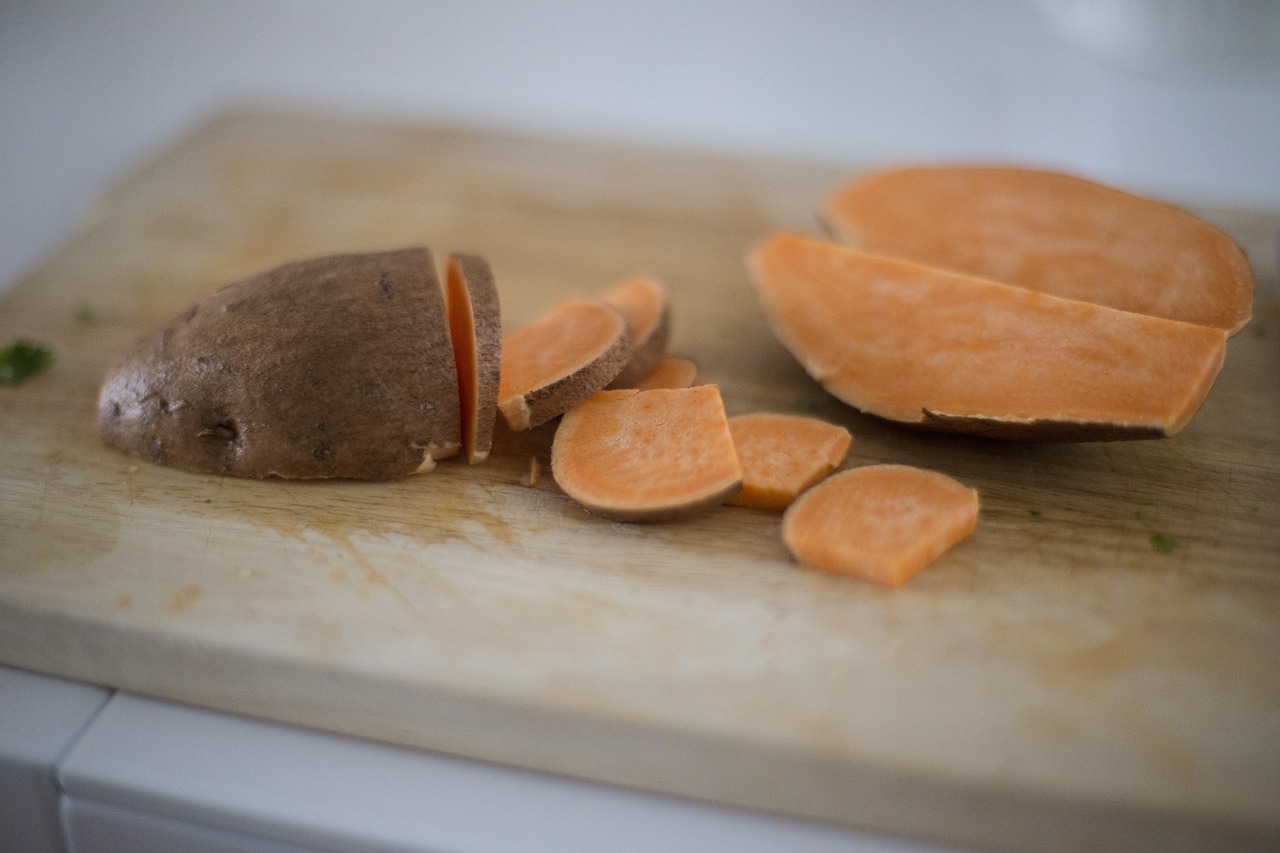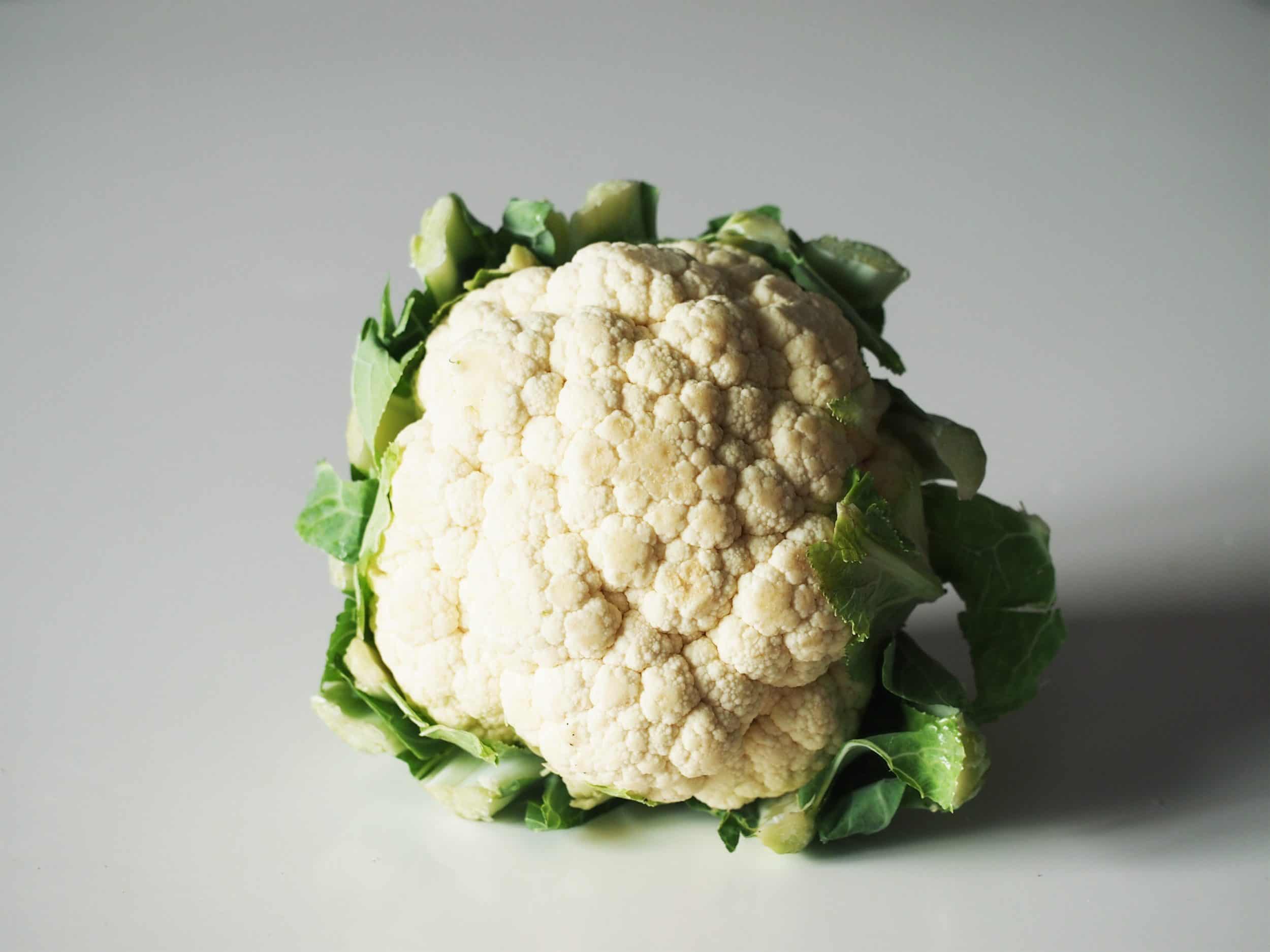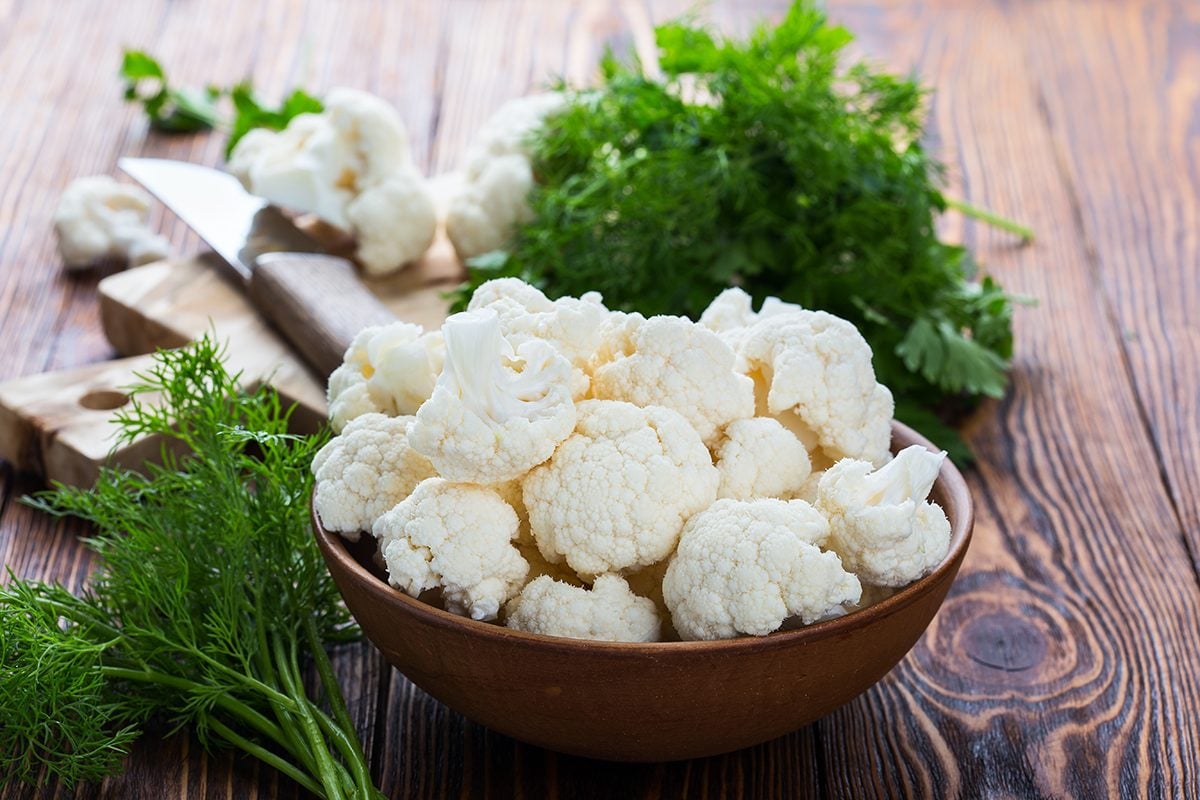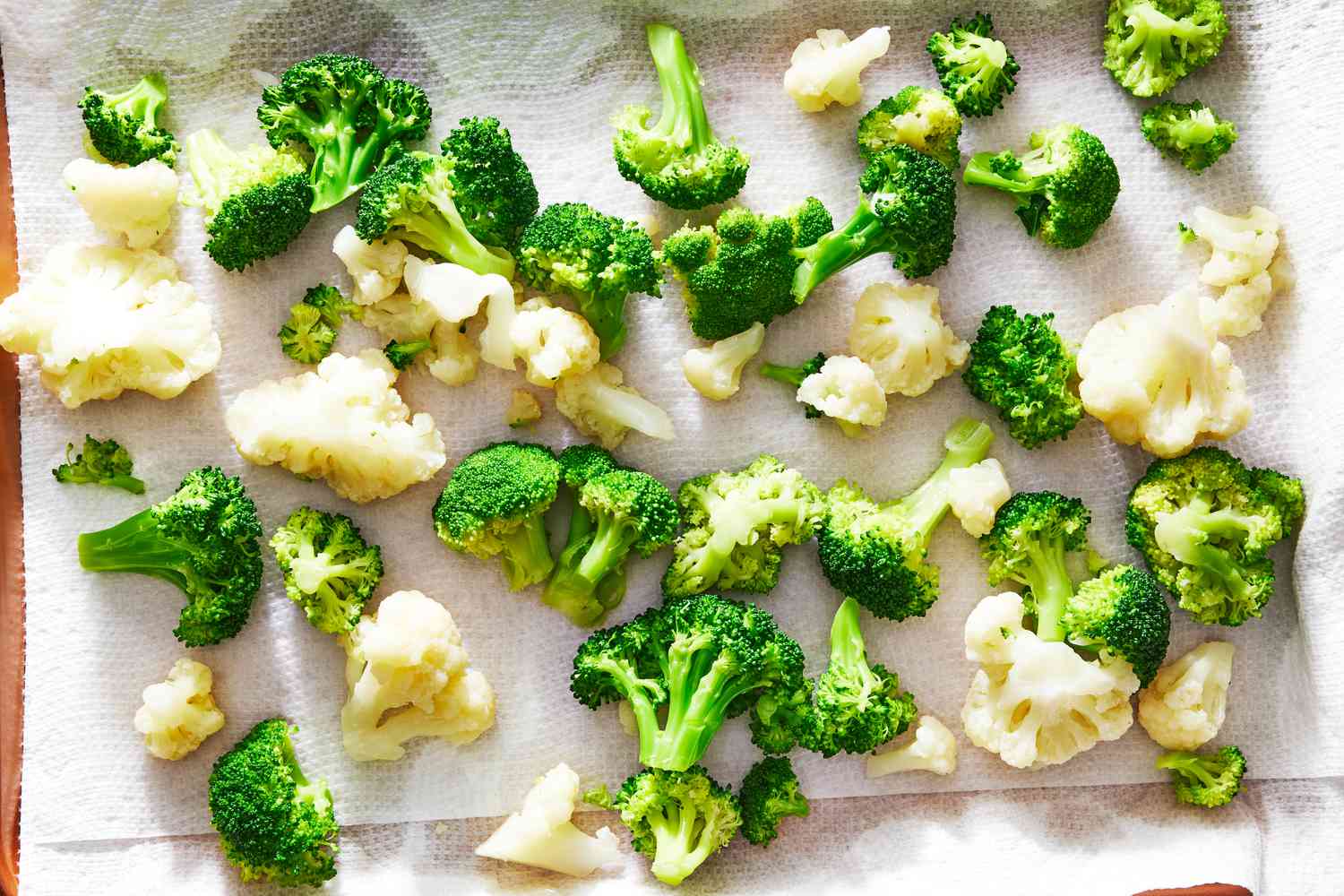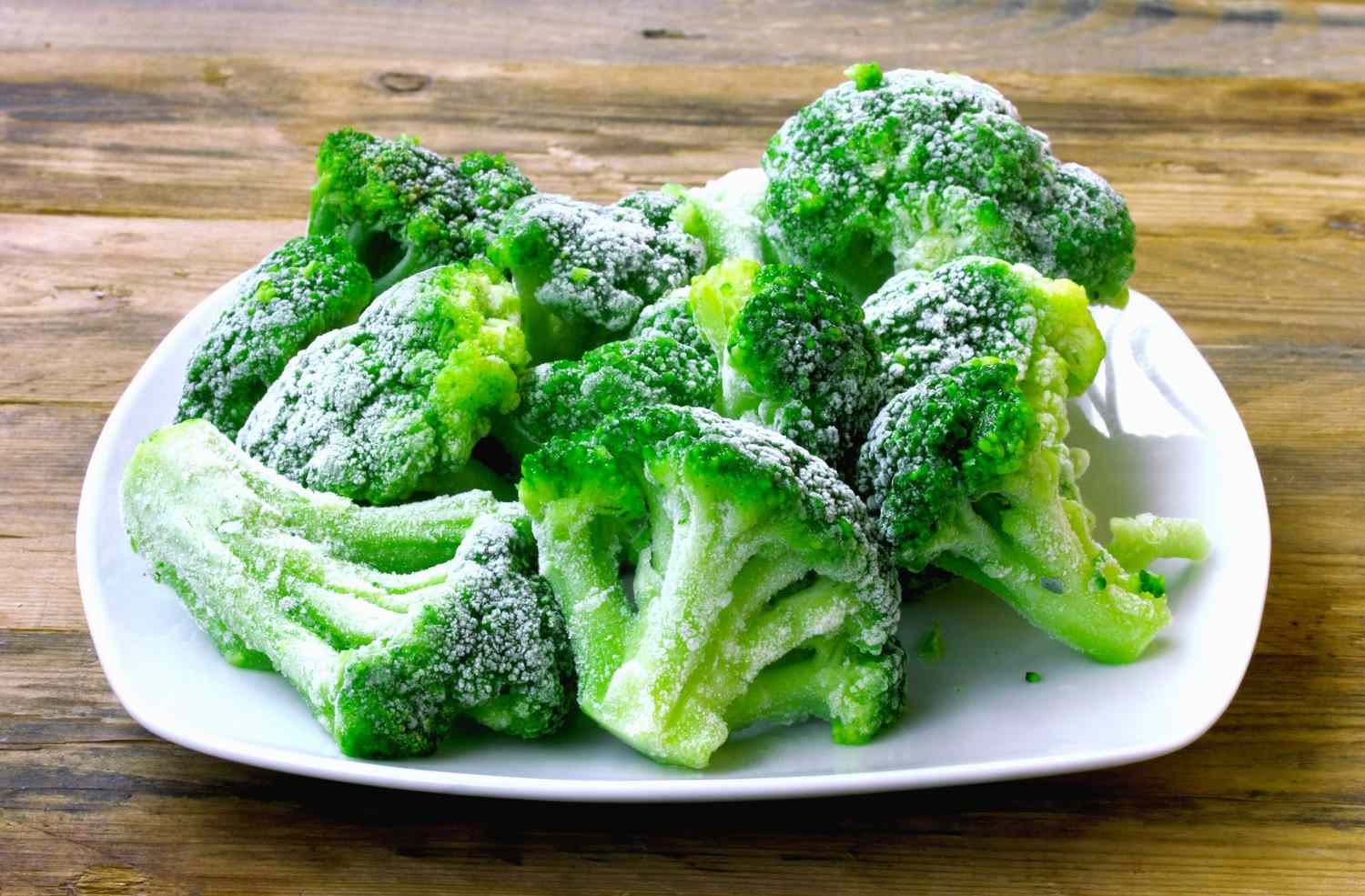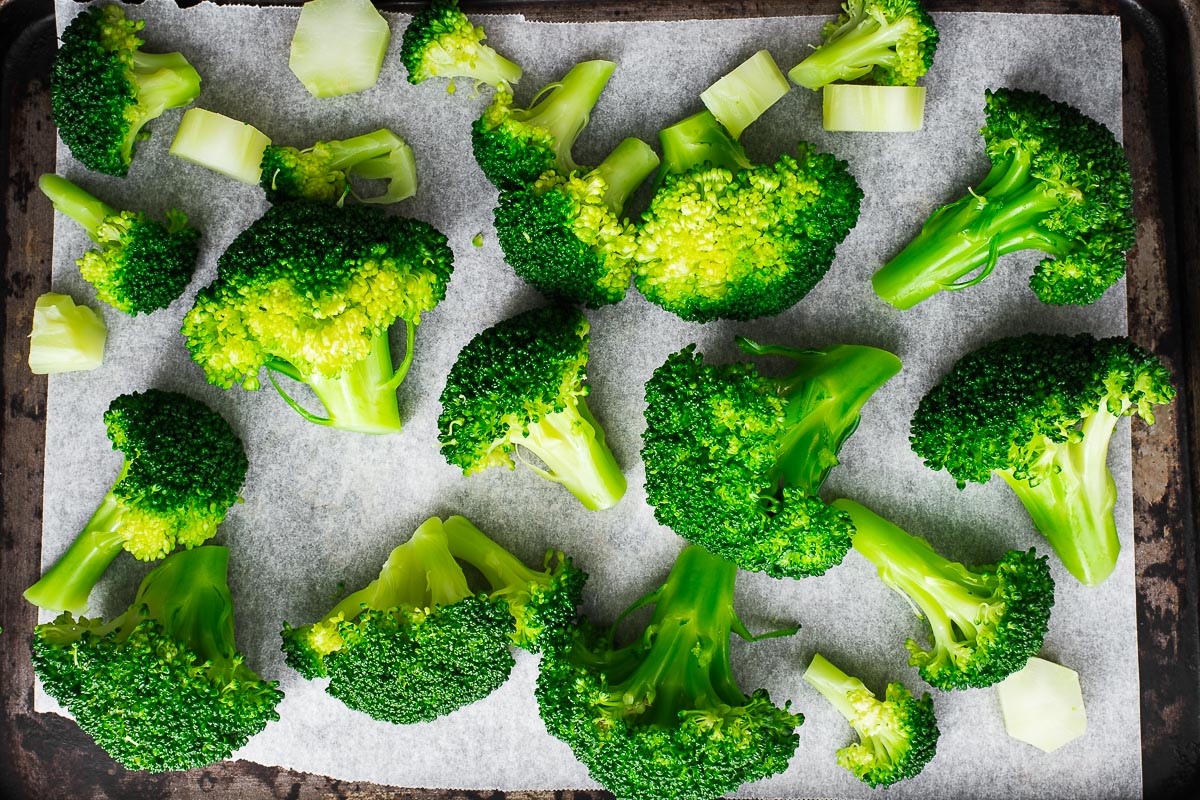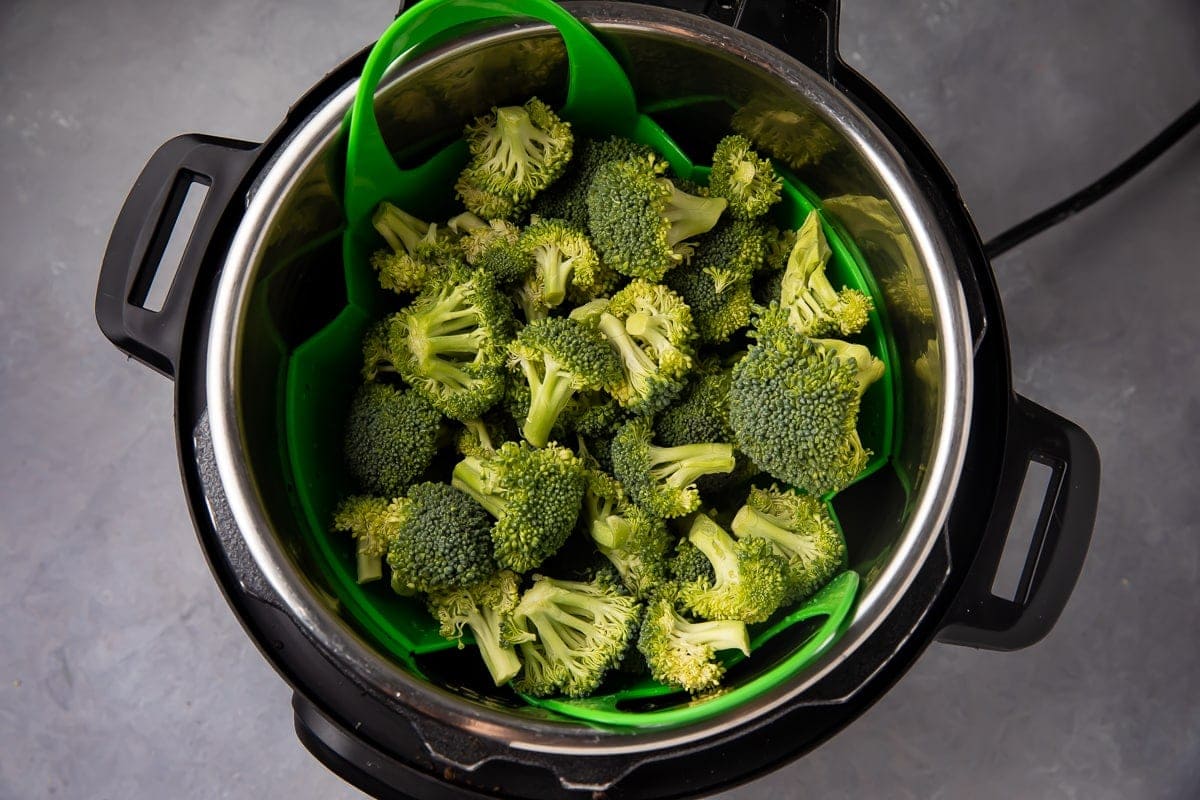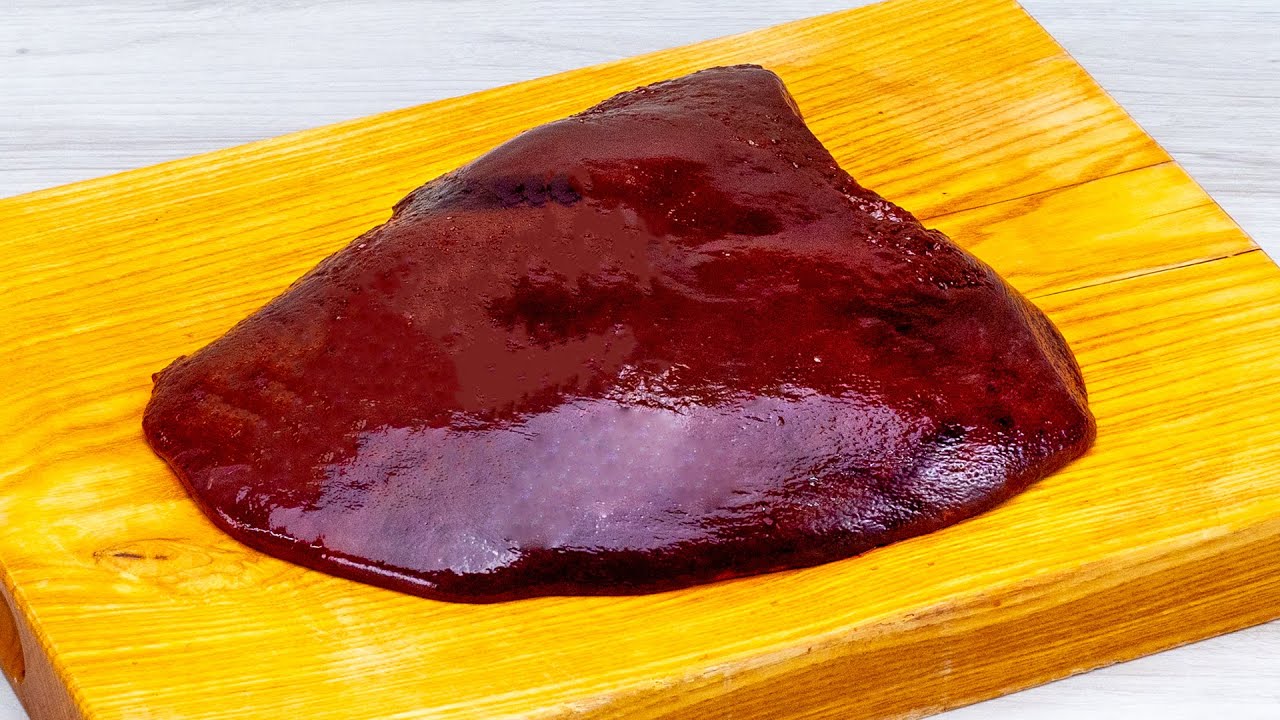Blanching Potatoes for Roasting: A Step-by-Step Guide
When it comes to roasting potatoes, blanching them beforehand can make a world of difference. Blanching not only helps to partially cook the potatoes, but it also ensures that they roast evenly and develop a crispy exterior. If you’re wondering how to blanch potatoes for roasting, you’ve come to the right place. Follow these simple steps to blanch your potatoes like a pro:
Step 1: Gather Your Supplies
Before you begin, gather the necessary supplies. You will need:
- Large pot
- Water
- Salt
- Ice
- Colander
Step 2: Prep the Potatoes
Start by washing the potatoes thoroughly to remove any dirt or debris. Then, peel the potatoes if desired and cut them into evenly sized pieces. This will help ensure that they cook at the same rate during the blanching process.
Step 3: Bring the Water to a Boil
Fill a large pot with water and bring it to a rolling boil. Add a generous amount of salt to the water. The salt not only seasons the potatoes but also helps to maintain their texture during the blanching process.
Step 4: Blanch the Potatoes
Once the water is boiling, carefully add the potatoes to the pot. Allow them to cook for 3-5 minutes, depending on the size of the potato pieces. You’ll know they’re ready when they are just starting to soften around the edges but are still firm in the center.
Step 5: Shock the Potatoes
As soon as the potatoes are done blanching, use a slotted spoon to transfer them to a large bowl of ice water. This process, known as shocking, immediately stops the cooking and helps the potatoes maintain their shape and texture.
Step 6: Drain and Dry the Potatoes
Once the potatoes have cooled in the ice water for a few minutes, transfer them to a colander to drain. Shake off any excess water and then pat the potatoes dry with a clean kitchen towel. Removing excess moisture will help the potatoes achieve a crispy exterior when roasted.
Step 7: Roast to Perfection
With your blanched potatoes prepped and ready to go, it’s time to roast them to perfection. Toss the potatoes in your favorite seasonings and a bit of oil, then spread them out on a baking sheet. Roast in a preheated oven until they are golden brown and crispy on the outside, and tender on the inside.
By blanching your potatoes before roasting, you’ll achieve perfectly cooked spuds with a delightful crunch. Whether you’re serving them as a side dish or incorporating them into a hearty meal, blanched and roasted potatoes are sure to be a hit at your table. Give this blanching method a try and take your roasted potatoes to the next level!
The guide on how to blanch potatoes for roasting is a handy skill that can be applied to various mouth-watering recipes. For those who love a cheesy kick, try the Parmesan Crusted Roasted Potatoes. If you're in the mood for something with a bit of heat, Spicy Cajun Roasted Potatoes might be right up your alley. For a more aromatic experience, Rosemary and Thyme Roasted Potatoes are perfect. And if you want a sweet and tangy twist, don't miss the Honey Mustard Roasted Potatoes. Each of these recipes allows you to apply your newly learned blanching technique to get crispy, delicious results.
